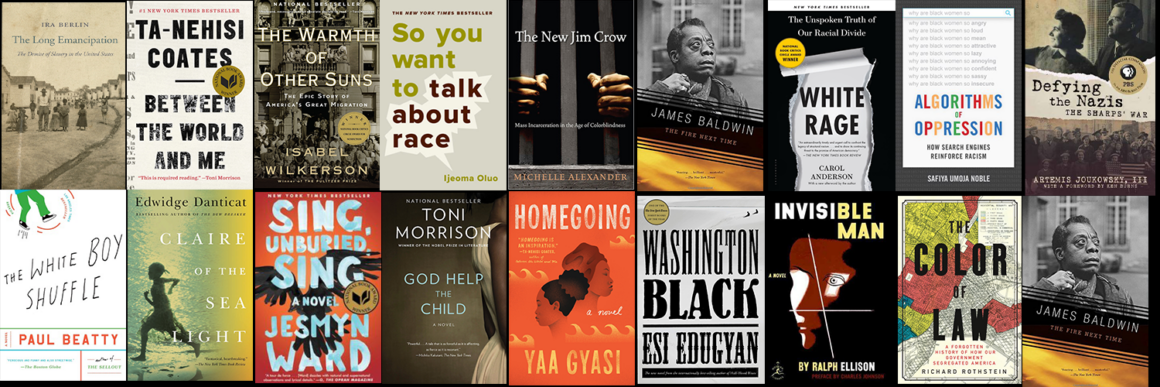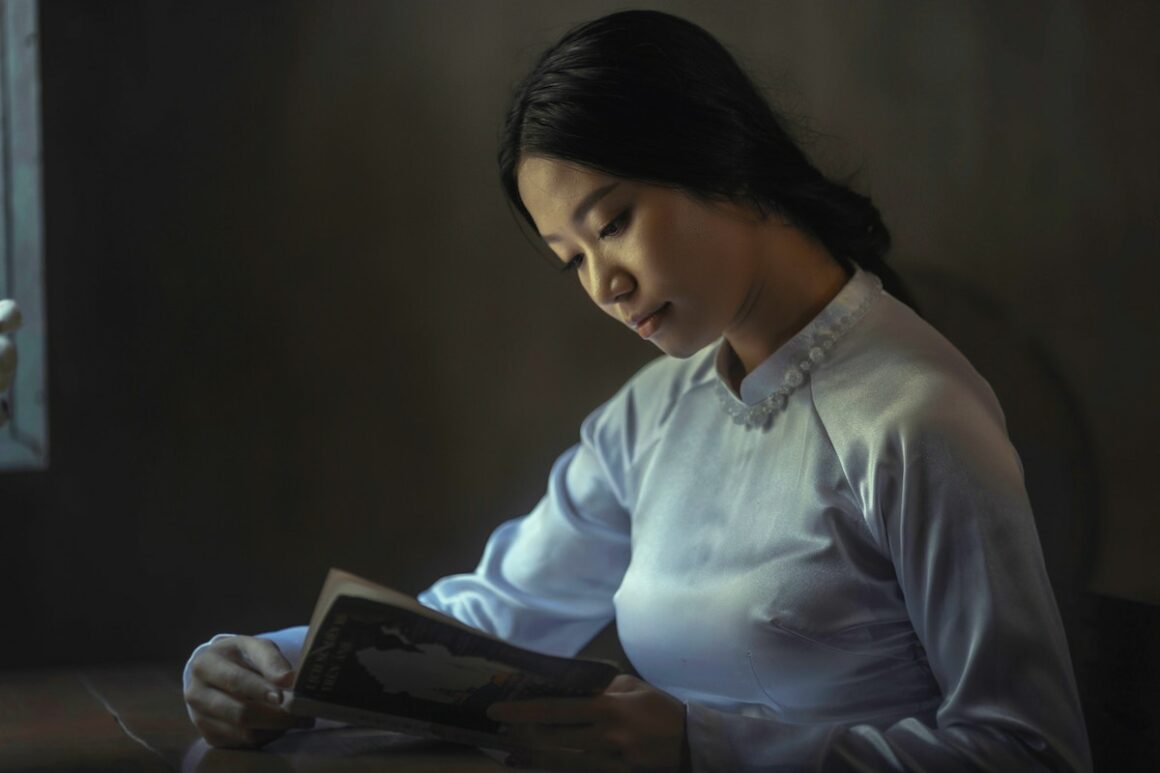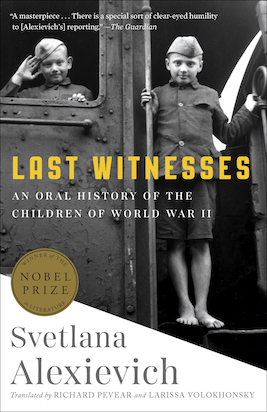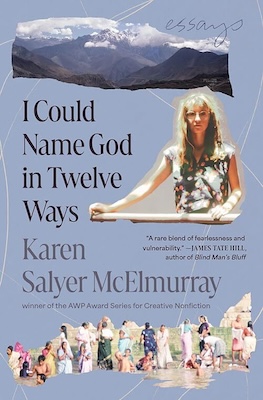“A Train Whistle Blows” was my first short story that was not conceived and developed from first-hand experiences or any individual(s) that I’ve encountered, known, read about, interacted with, or heard about. I purposely veered away from farming and harvesting a story from the familiar to expand my writing capacities. “A Train Whistle Blows” is in a pure sense inorganic. Thus, having no real, actual core from which to shape and develop this story, the methods that I used were, for me, unique ways of developing narrative.
At the beginning of this new writing adventure, I recalled a time I had on a beach near Charleston, South Carolina, that influenced my approach to writing. It was during the fall, at least ten years ago, that I was down in Charleston visiting family. And because it was the fall, I yearned to go to the beach knowing I would be all alone. Walking along an empty beach always inspires me and stokes the flames of my imagination. It was an overcast day with a nippy breeze flashing off the water. The gray of the expansive sky was a shade or two darker than the swelling, surging gray of the ocean.
As I meandered along the beach, sea gulls’ squealing and sounds of the splashing waves soothed me. I looked along the shoreline at breaking waves. At that precise moment, Lucky Ol’ Sun peered from behind clouds and cast a shy, brasslike hue over everything. The tide mesmerized me with its out, in, out, in oscillation. Then a sparkle of light hit my eye. To my left, I saw the exact moment when the outgoing tide battled with the incoming tide, erupting in a moving, swelling contradiction of intention, will, and destiny. Brilliant shimmering bubbles burst, whirling eddies danced, and reflected flashing sunlight erupted on the surface, as the battling tides wrestled against one another.
This was drama. This was conflict. This was struggle. This was a scene written by the elements of nature, a war between living energies and powers. Contemplating the force(s) of nature that created that miraculous instant, one of countless many along the shore, I understood that there are terrestrial powers which led to this moment. Wind, gravity, the earth’s rotation were all forces contributing to the scene that I just observed. A scene that repeats itself regardless of witness, a scene unaware of time.
Witnessing such a scene on the shore led me to consider my writing. Do combating energies play out with such verve in my fiction? Are there any shimmering dancing flashes that allure? What are the opposing energies which collide, bringing about spectacular events that make fiction as compelling as the glimmering moment of the contestation of the tides? The answer is the writer’s tools – character, conflict, motivations, dialogue, description, setting, and voice. A writer creates smashing, crashing, shattering moments which enlivens story. A writer creates moments that rivet the attention of the reader. Interior, exterior, emotional, social, destined, and/or imagined forces are pitted against one another conjuring dazzling imagery like what I experienced on the beach that day.
Such thoughts I kept in my mind during the initial planning stages of the short story that would become “A Train Whistle Blows.”
Now that the imagery of the “shimmering shoreline” had been established as an overarching idea to create this new piece, I said to myself, “Let’s sit down and think about what else is needed.”
Immediately, I heard an internal cry, “STOP!”
Thus, I did.
The same inner voice demanded, sounding like a Russian theatre director from the early 20th century, “Why ‘think’ about it? Why not try to begin the piece from an emotional inner truth?”
Why not, indeed.
How was I to create an inner emotional truth?
My thoughts drifted to the music that I love and the emotional state that listening to certain pieces arouse in me. For instance, Beethoven string quartets evoke emotional states that are similar, in my experiences, to looking at the landscape from high atop a mountain. Charlie Parker music gives me the feeling of bouncing down the street with an old pal talking serious matters, life, family, justice, and at the same time, just jiving around with each other about ex-loves, regrets, and hopes, and what team is going to win the championship.
So, which music would evoke an emotional state that will guide the creation of my new story? What music takes me to a complex emotional state? My answer, the blues.
The blues touches people in many ways, leading to an array of emotional responses. For me there are multiple feelings that blues invoke in me, longing, loss, inspiration, courage, pensiveness, isolation, just to name a few. The blues artist that fosters in me the widest range of intense feelings is the king himself, Mr. B.B. King. For two days I listened to as much B.B. as I had time for, focusing on the emotions that he and his guitar Lucille drew out of me.
With this reservoir of emotional truths fresh inside, I planned to mentally induce some scene, image, person(s), animal, or something. Using this something as inspiration, I would write, draped and drenched from my emotional experiences aroused by B.B. King’s blues.
One thing I did decide was that I wouldn’t use a recording to establish this emotion, but instead use my imagination to play and hear the music. I felt that listening to a recording could interfere with the purity of any image that I sought to create. I was certain there would be associations prevalent with listening to a recording, the cover of the record, where I purchased it, things along those lines. However, if I played the song in my head, then I felt I could access the inner space, the subconscious, where all the deeper elements are concealed. The plan was to sit quietly with my eyes closed and play the songs in my head. I would let my imagination generate images until I saw something that evoked the same emotional feeling that I experienced listening to the song.
So, I sat at my desk, closed my eyes, and played in my head, “The Thrill is Gone.” The first image to pop up in my imagination was a rose in the grass. Somehow that image didn’t jibe with what I was feeling. There were a series of other images, some indoors in places that looked familiar, others outdoors that were both vague and familiar, and oddly, there were no people in any of them. However, one image felt right — railroad tracks running parallel to a cement sidewalk. I held that image and continued with the song. Maintaining that image in my mind, I asked what else do I see, hear, smell, taste, or feel? The sound of laughter came to me, a deep resonating laugh from a large man, and higher-pitched laughter from a woman. I heard these voices within about fifteen minutes.
I repeated this exercise about the same amount of time for three consecutive days. I never tried to force anything. The only rule of thumb was that the image had to harmonize with the emotional experience from listening to the song, the soundtrack, in my head.
Of the images that did stick out, or seemed most tangible, three key mental impressions made their way into the story: a couple’s laughter coming from around the corner of a building, footsteps running up a flight of wooden stairs, and a young man and young woman sitting down in a room in a boarding house. The woman is nervous or worried about something hidden deep within.
How did I develop the story further than these initial images?
The Shimmering Shoreline.
Initially, this couple that ran alongside railroad tracks, up a flight of stairs in a boarding house, and sat nervously in a room, started off as a young couple, just at the cusp of a new courtship. However, because my intention was to keep this short fiction, I knew I needed to create powerful, intense feelings from the start. I constructed circumstances, internal and external, that would give rise to potent tensions, thereby leading to the shimmering shoreline effect I hoped to achieve. For instance, I set the story during the time of the Depression. I thought that being African American in the 1920s, along with racism and the levels of poverty caused by the Depression, would generate underlying conditions for the characters and would add more tension in the story. Another example would be the couple’s conflicting approaches to the gender realities and expectations of that time.
Once I finished experimenting with the characters and the plot and finally landing on the components that are currently in the story, my next issue was trying to identify a narrator that was pitch-perfect with my concept of the shimmering shoreline. I tried versions of first-person narrators from the viewpoint of each character, separately as well as combined. It didn’t work. I tried various forms of the third-person narrator. It didn’t ring true.
All the narrator choices I had attempted lacked the needed omniscience, and/or lacked the essential emotional connection to the events of the story. I will just say that I finally did find the narrative voice needed to make the story more like a shimmering shoreline. I did so by watching classic films from the forties and fifties. I will say no more about my discovery of the perfect narrator’s voice. If I did, the story would be ruined for those who hadn’t read it.
Also, the use of the present tense added more impact.
Now, I use similar approaches while working on other projects. The key for me is to ensure that whatever methodology or processes I use, and continue to use, the methodology or process must contain an emotional inner truth. And if these truths can be arranged or orchestrated to create or recreate, at some level, a shimmering shoreline experience, then, I hope, readers will have a greater and more rewarding involvement in my work.
I am genuinely excited and grateful to have the opportunity to share my process of discovery. I hope there is something usable in all this that will help and encourage others in their writing.
You can read Seth Foster’s story “A Train Whistle Blows” and an excerpt from his novel Long Way from Home in The Write Launch.







2 comments
Thank you Seth for sharing your insights. A harmony of “planning” and “pantsing” in syncopated rhythm.
Hilton,
I appreciate your feedback. Thank you for the comment. I hope you’ve gained something all the “planning” and “pantsing” in syncopated rhythm in the essay.
Reply